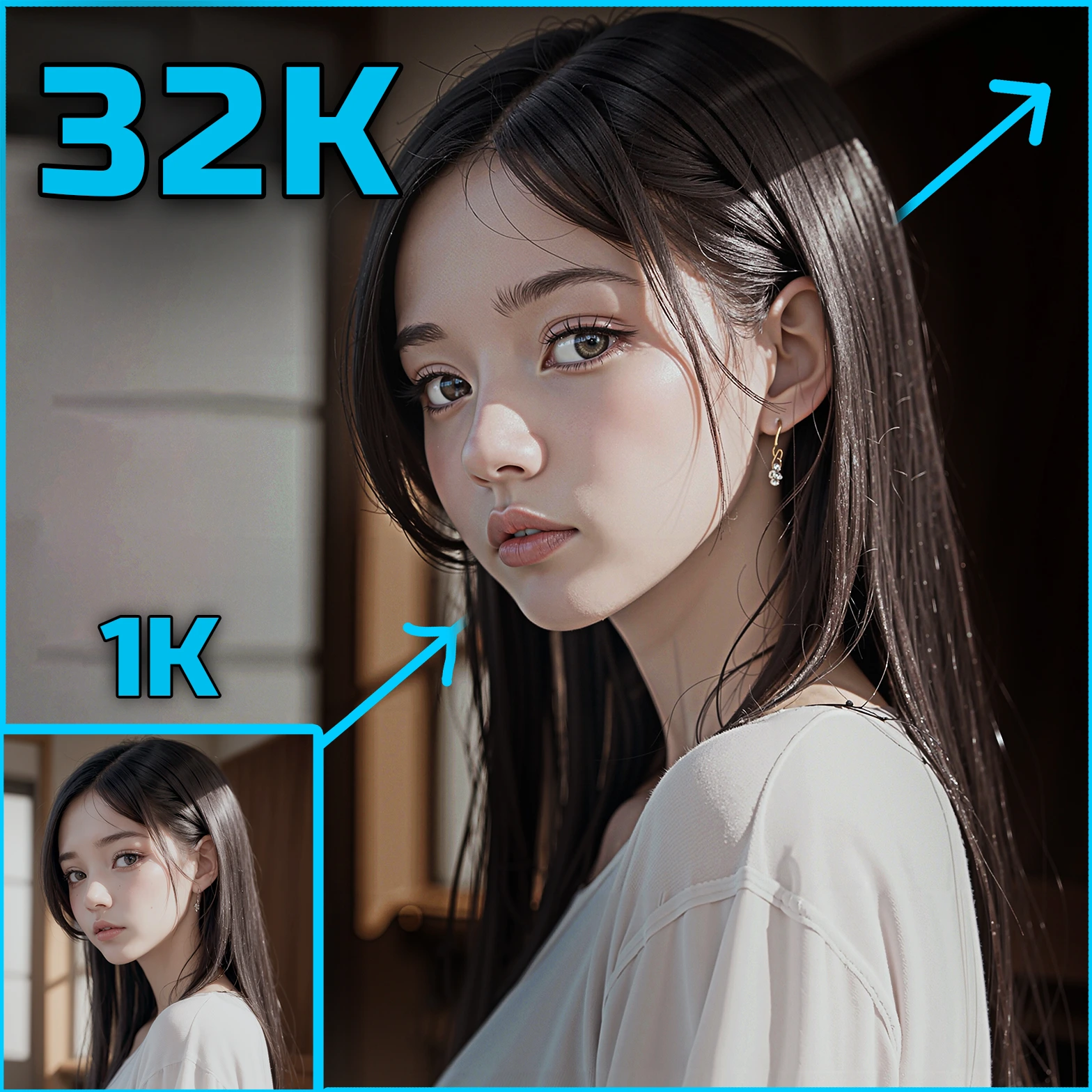ComfyUI Node: Simple Detector (SEGS/pipe)
ImpactSimpleDetectorSEGSPipe
CategoryImpactPack/Detector
Dr.Lt.Data (Account age: 747days) Extension
ComfyUI Impact Pack Latest Updated
2025-03-23 Github Stars
2.28K
How to Install ComfyUI Impact Pack
Install this extension via the ComfyUI Manager by searching for ComfyUI Impact Pack- 1. Click the Manager button in the main menu
- 2. Select Custom Nodes Manager button
- 3. Enter ComfyUI Impact Pack in the search bar
Visit ComfyUI Online for ready-to-use ComfyUI environment
- Free trial available
- 16GB VRAM to 80GB VRAM GPU machines
- 400+ preloaded models/nodes
- Freedom to upload custom models/nodes
- 200+ ready-to-run workflows
- 100% private workspace with up to 200GB storage
- Dedicated Support
Simple Detector (SEGS/pipe) Description
Streamline object detection and segmentation in images using SEGS framework for AI artists, enhancing editing efficiency.
Simple Detector (SEGS/pipe):
The ImpactSimpleDetectorSEGSPipe is a node designed to streamline the process of detecting and segmenting objects within images using the SEGS (Segmentation) framework. This node is particularly useful for AI artists who need to automate the segmentation of various elements in their artwork, allowing for more efficient and precise editing. By leveraging advanced segmentation techniques, the ImpactSimpleDetectorSEGSPipe can identify and isolate different parts of an image, making it easier to apply specific effects or modifications to those areas. This node is part of the ComfyUI-Impact-Pack, which provides a suite of tools for enhancing image processing workflows. The primary goal of this node is to simplify the segmentation process, making it accessible to users without requiring deep technical knowledge.
Simple Detector (SEGS/pipe) Input Parameters:
segm_model
This parameter specifies the segmentation model to be used for detecting and segmenting objects within the image. The model is pre-trained to recognize various elements and can be selected based on the specific requirements of your project. The choice of model can significantly impact the accuracy and quality of the segmentation results.
image
This parameter represents the input image that you want to process. The image should be provided in a compatible format, and it serves as the primary data source for the segmentation process. The quality and resolution of the input image can affect the performance and output of the node.
threshold
This parameter sets the confidence threshold for the segmentation model. It determines the minimum confidence level required for a detected object to be considered valid. The threshold value ranges from 0.0 to 1.0, with a default value of 0.5. Adjusting this parameter can help filter out low-confidence detections and improve the precision of the segmentation.
dilation
This parameter controls the dilation of the segmented masks. Dilation is a morphological operation that expands the boundaries of the segmented regions, which can help in refining the segmentation results. The dilation value ranges from 0 to 255, with a default value of 0. Increasing this value can help in merging close segments and filling small gaps.
Simple Detector (SEGS/pipe) Output Parameters:
mask
The output of this node is a mask that represents the segmented regions of the input image. The mask is a binary image where the segmented areas are highlighted, allowing you to easily identify and isolate different parts of the image. This mask can be used for further processing, such as applying effects or modifications to specific regions.
Simple Detector (SEGS/pipe) Usage Tips:
- To achieve the best segmentation results, ensure that the input image is of high quality and resolution. This will help the segmentation model to accurately detect and segment the objects.
- Experiment with different threshold values to find the optimal setting for your specific use case. A higher threshold can help reduce false positives, while a lower threshold can increase the recall of detected objects.
- Use the dilation parameter to refine the segmented masks. Increasing the dilation value can help in merging close segments and filling small gaps, resulting in a more cohesive segmentation output.
Simple Detector (SEGS/pipe) Common Errors and Solutions:
"Invalid image format"
- Explanation: The input image is not in a compatible format.
- Solution: Ensure that the input image is in a supported format, such as JPEG or PNG.
"Model not found"
- Explanation: The specified segmentation model is not available or cannot be loaded.
- Solution: Verify that the correct model name is provided and that the model is properly installed and accessible.
"Threshold value out of range"
- Explanation: The threshold value provided is outside the acceptable range of 0.0 to 1.0.
- Solution: Adjust the threshold value to be within the range of 0.0 to 1.0.
"Dilation value out of range"
- Explanation: The dilation value provided is outside the acceptable range of 0 to 255.
- Solution: Adjust the dilation value to be within the range of 0 to 255.
Simple Detector (SEGS/pipe) Related Nodes
RunComfy is the premier ComfyUI platform, offering ComfyUI online environment and services, along with ComfyUI workflows featuring stunning visuals. RunComfy also provides AI Playground, enabling artists to harness the latest AI tools to create incredible art.

